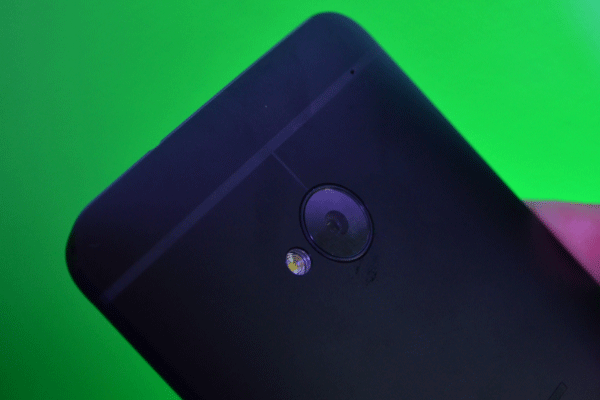HTC One UltraPixel camera – How it works

Perhaps the most exciting feature of the new flagship HTC One Android phone is its new camera type, which HTC calls UltraPixel. Using a 4-megapixel sensor, it may not sound at all impressive, but like the PureView camera seen in the Nokia 808 Pureview, there’s some clever stuff going on behind the scenes.
The HTC One’s UltraPixel sensor features much larger pixels than the norm. Raw images that result are relatively small in terms of file size – as the megapixel count is so slow – but the HTC One is designed to make the most of every pixel at its disposal.
What does UltraPixel mean?
HTC’s “UltraPixel” term marks a disconnection from science – it’s effectively a marketing term. Megapixel refers to a million pixels, but short of a pixel superhero, UltraPixel doesn’t hold the same resonance. However, it is not mere marketing nonsense.
The HTC One uses a single 4.3-megapixel sensor. Your first assumption may be that a 13-megapixel sensor like that of the Sony Xperia Z would easily outclass the HTC One, but it’s not quite so simple.
Although it’s not pixel-packed, the HTC One camera’s pixels are much larger than the smartphone norm. They’re roughly double the size of the norm, in fact. They’re roughly the same size as those of a high-end compact like the FujiFilm X20, which produces fantastic images, and costs a pretty penny itself at around £400.
To oversimplify matters, the HTC One offers sensor pixels comparable to a “proper” dedicated camera within the space of a mobile phone’s camera array. The downer is that the sensor itself isn’t all that big – hence why HTC has only managed to fit in 4.3-odd million pixels. For spec fans, it’s a 1/3-inch BSI CMOS sensor.
How good is UltraPixel?
HTC says that the larger pixels of the One enable the phone enable it to take in “300 per cent more” light than a standard mobile phone sensor. This should give the phone far better low light performance than even top-end phone cameras including the iPhone 5 and Samsung Galaxy S3.
Better low-light performance means much less grainy, underexposed images in poor lighting conditions and improved focusing too. In excellent light – such as a bright, sunny day, the HTC One is less likely to show such benefits over a standard mobile phone. Heck, it might well even be worse if HTC hasn’t aced the design.
The lens makes similar moves to ensuring low-light performance too. The HTC One uses an f/2.0 lens. This figure refers to the aperture, how big the lens’s light opening is. It’s better than the iPhone 5’s f/2.4 lens, and matches the Nokia Lumia 920.
The HTC One also makes one other similar move to the Lumia 920. It offers optical image stabilisation, which reduces the effect of your movement while you’re snapping by stabilising the camera’s internals physically.
UltraPixel vs PureView
The HTC One may sound like a dead ringer for the PureView technology, but its UltraPixel approach is quite different. Where the HTC One keeps the sensor size standard, but crams it with few high-quality pixels, the Nokia 808 PureView packs-in a ridiculous number of pixels (around 42 million) into a much larger than average sensor. The Nokia phone downsamples images to get to the standard 8-megapixel resolution, but if anything the HTC One will need to upsample its snaps.
Which is the future? Ideally we’d like to see a middle ground established. An 8-megapixel sensor with the pixel size of the HTC One could produce pretty stunning images, but quite how such a sensor would fit into a phone is a problem for the next wave of smartphones.
We’ll take the HTC One out for a road test against the Nokia Lumia 920 and iPhone 5 as soon as we get our mitts on one. Which sounds better to you? UltraPixel or PureView?


